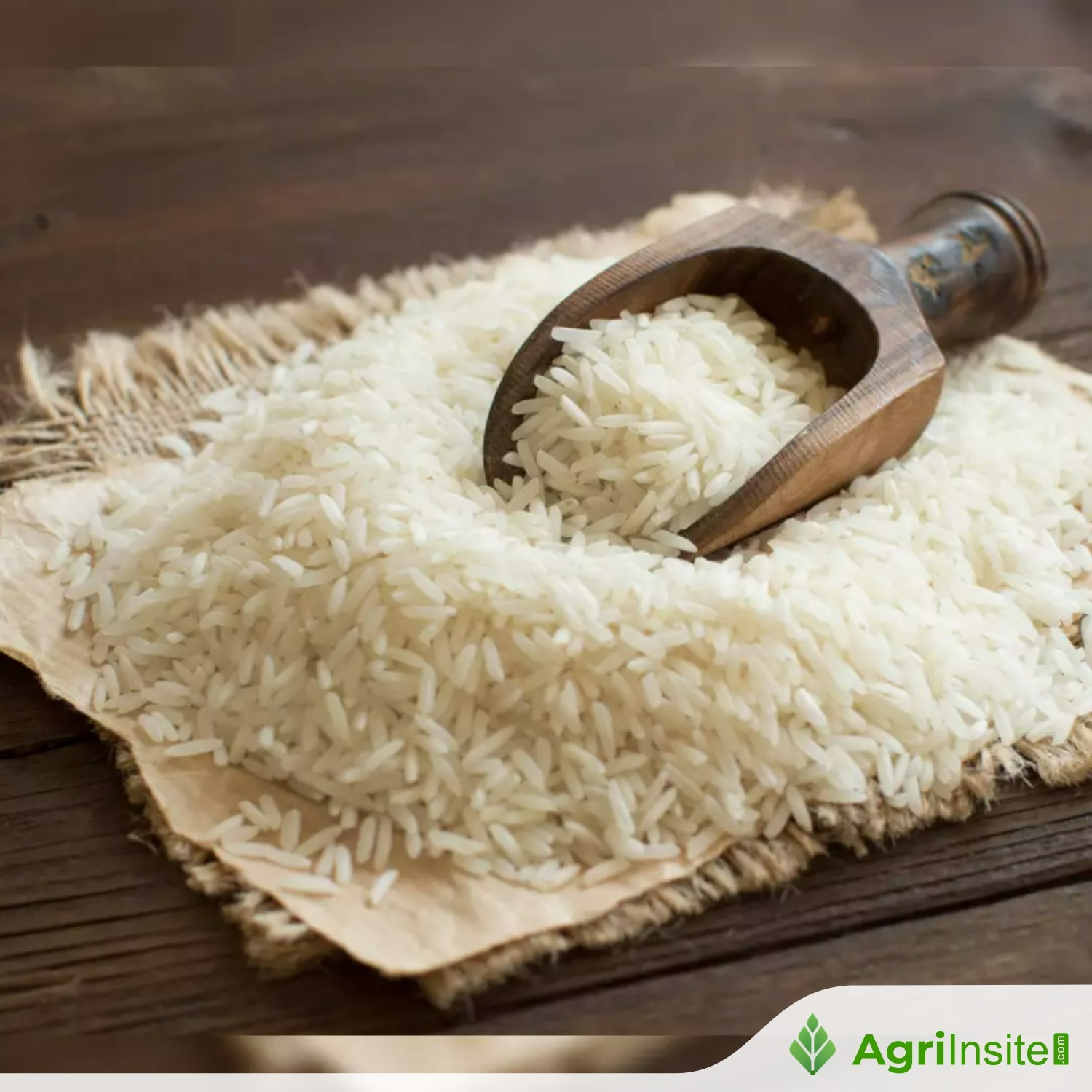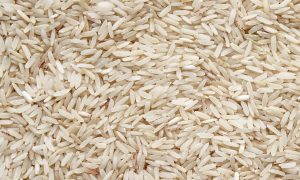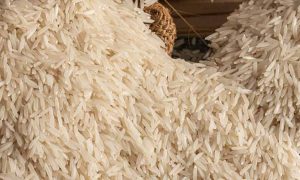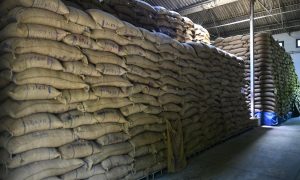Japan’s rice prices soar as farmers face rising costs, declining production

Japan’s rice farmers face a paradox: rising consumer prices but declining profits due to shrinking farmland, aging labor, and soaring input costs. Despite increased demand, farmers like Jun Miyamoto struggle to break even. Past policies discouraged rice cultivation, reducing capacity. Meanwhile, the government’s release of reserve rice offers only temporary relief, without addressing deep structural inefficiencies in the supply chain.
While Japanese consumers are struggling with rising rice prices, farmers say growing rice is no longer profitable due to shrinking farmland and soaring production costs.
In Hamamatsu City, Shizuoka Prefecture, Jun Miyamoto, who cultivates around 25 hectares of rice paddies and harvests 120 tons of rice annually, is considered a major rice grower. He said business inquiries have increased noticeably this year.
“A lot of companies have already contacted me, saying they want to buy rice from us. I’m negotiating prices with different buyers almost every week,” he said. Japan’s rice production has been declining steadily. In the 1970s, the country had over two million hectares of rice fields and produced about 12 million tons of rice annually. By 2023, the total rice-growing area dropped to 1.344 million hectares, with only 1.244 million hectares used for staple food rice. Combined with extreme heat and drought, total rice output fell to 7.165 million tons, with only 6.61 million tons used as staple food.
“For years, they (the government) kept saying we had too much rice, so [the government] discouraged us from growing it. They offered subsidies if we converted rice paddies into dry fields and planted crops like wheat or soybeans instead. This policy has been in place for decades, and now Japan’s overall rice production capacity has declined,” said Miyamoto. The Japanese yen’s rapid depreciation and global supply disruptions have driven up prices of imported essentials like fuel, fertilizer, and pesticides, pushing rice farming costs ever higher. Miyamoto said he’s been operating at a loss for years.
Now in his 50s, Miyamoto is the youngest rice farmer in his village. Over 70 percent of local rice farmers are in their 70s or older, with some even in their 90s. With younger generations turning away from farming, labor shortages are worsening.
To secure supply, Japan’s agricultural cooperatives have been raising purchase prices for rice. Yet even with current high prices, farmers say they are only breaking even. To stabilize prices, the Japanese government has released low-priced reserve rice into the market. But experts say this is unlikely to fix the underlying problems.
“The rice wholesale industry has a multi-layered structure, where rice is traded multiple times between wholesalers. The more middlemen are involved, the higher the price gets. That cost eventually trickles down to retailers and consumers,” said Professor Motonori Tomita, Faculty of Human Sciences at Kobe Shoin University.
Tomita warned that the 600,000 tons of reserve rice currently being released are not enough to cover the country’s needs. If depleted now, there may be no stock left in case of a future disaster.
“About 600,000 tons of reserve rice have already been released. But what happens when they run out? In the event of a real disaster, we’d be at serious risk. Only the reserve rice is cheaper, other rice is tied to contracts signed earlier, often at high procurement prices. That’s why prices won’t come down easily. Even if cheaper rice appears on the market now, it’s only a temporary solution,” said Tomita.
To Read more about Rice News continue reading Agriinsite.com
Source : Bastille Post Global















